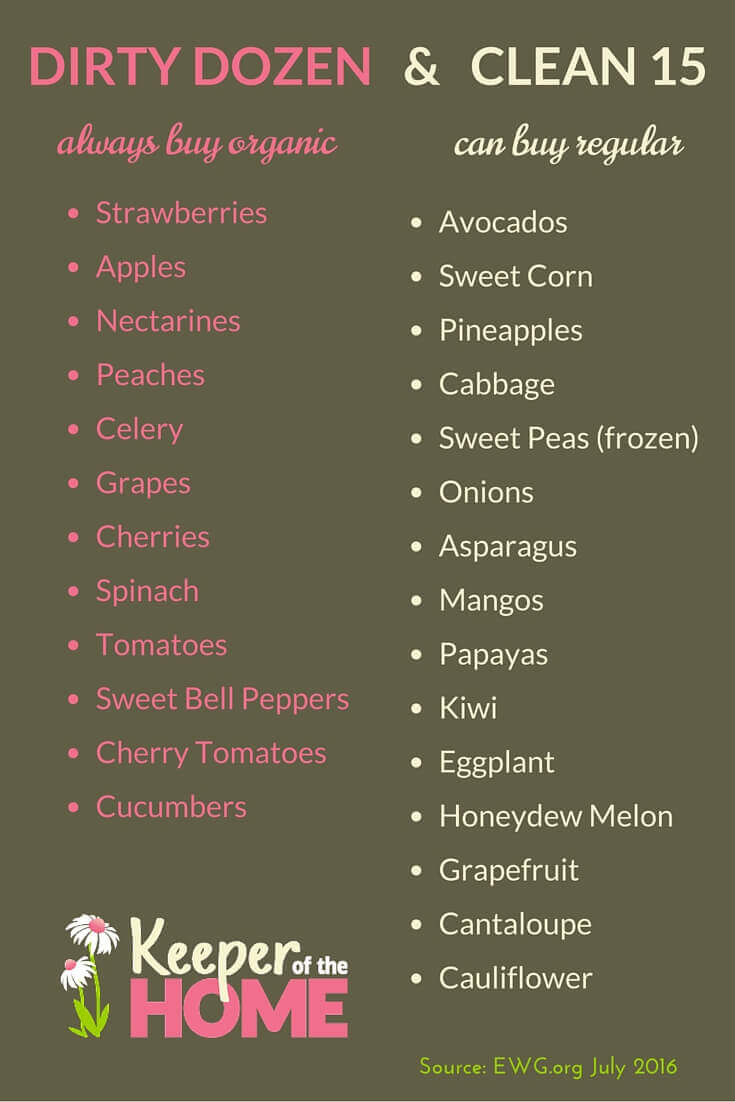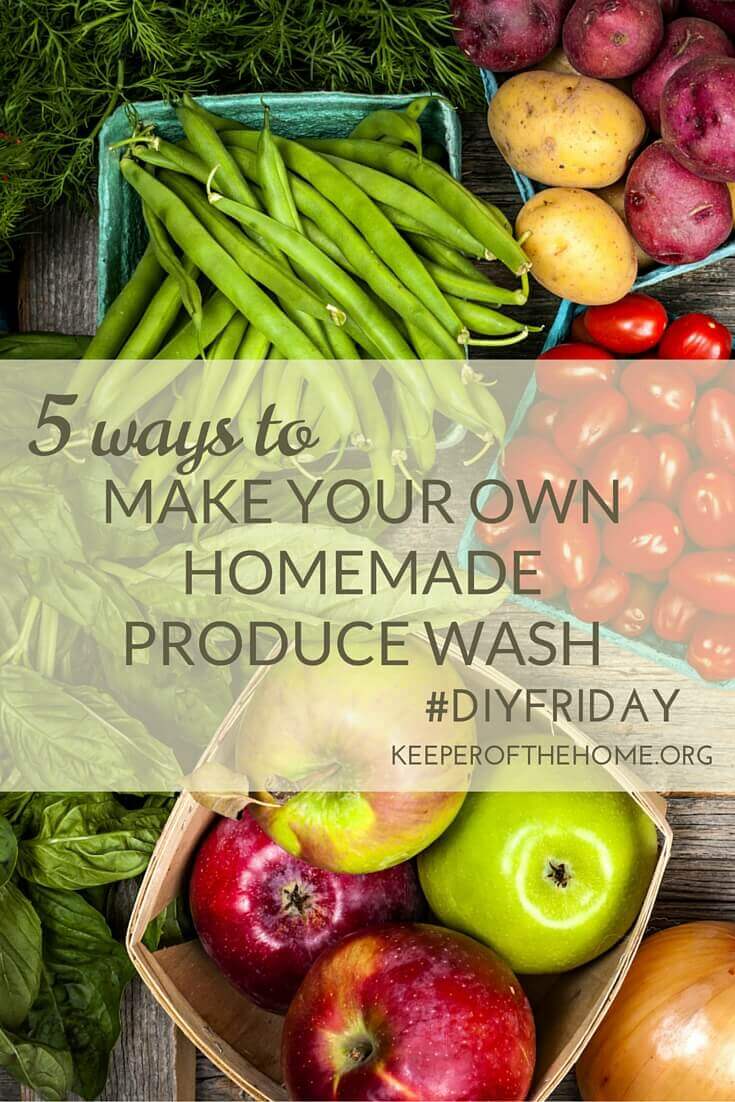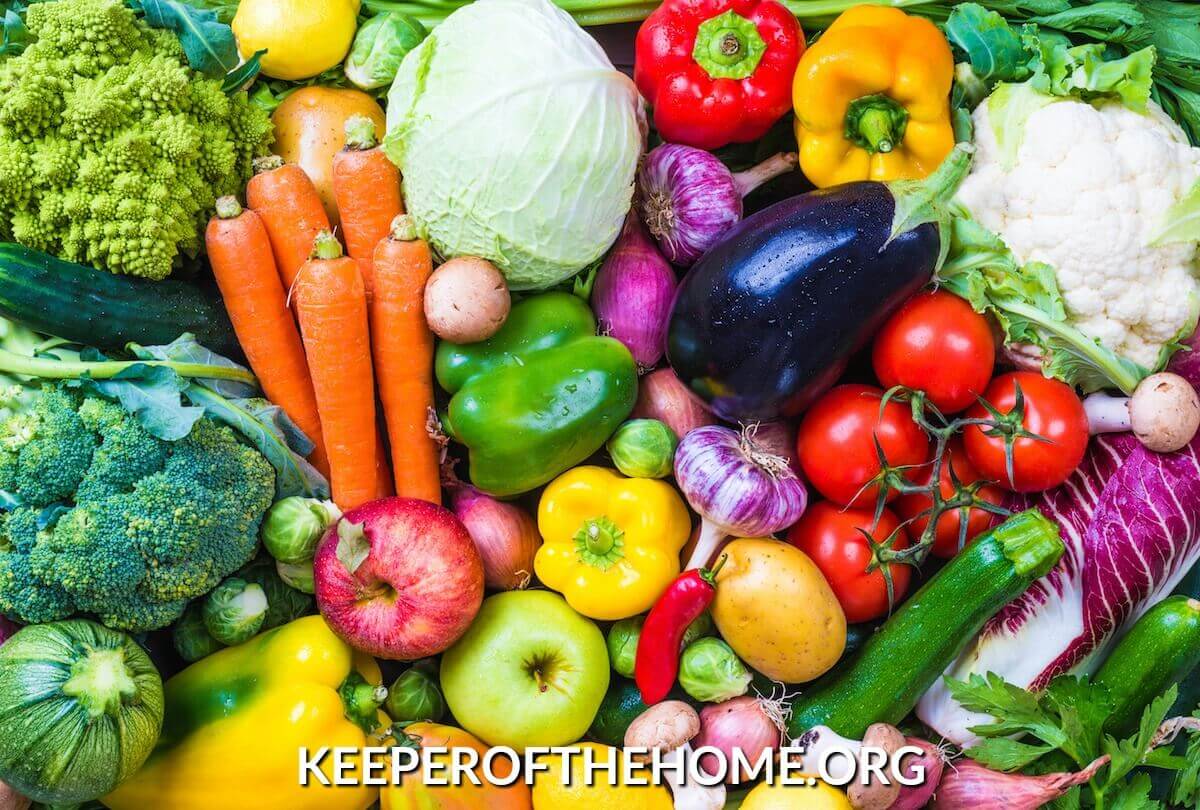How to Make Your Own Homemade Produce Wash
Summertime means farmer’s markets and fruit stands..and lots of homemade produce wash!
When I lived in the South, fruit stands were fabulously easy to find. Each route I followed traveling to the beach I always knew where my favorite stands were and dutifully stocked up as we made our way to the shore.
Now that I live in the midwest grid system, whether I turn north, west, east, or south, I run into a quaint town with its own remarkably whimsical farmer’s market on its square.
Whether I’m around home or en route to a water front vacation I always opt for the fresh locally grown variety over the grocery store selection. It’s even better if I know who and how it was grown because it determines whether I buy organic or not.
Remember the Dirty Dozen and the Clean 15 from EWG.org?

The Dirty Dozen are the worst offenders covered with the most pesticide residue even after a hardy scrub. I don’t care to ingest pesticides with my fruits and vegetables and I know you don’t either, but we can’t always afford to buy everything organic. The EWG recommends avoiding the Dirty Dozen and only opting for the organic versions.
The Clean 15 is a list that the EWG puts together for consumers to easily choose produce that has minimal pesticide residue giving the green light to buy non-organic and save your bucks.
Sometimes we just don’t know what in the world could be on our produce. Pesticides or bacteria and who knows what else during picking and handling can contaminate any of it, whether organic or not.
The World Health Organization states:
“Pesticides are known to cause millions of acute poisoning cases per year, of which at least one million require hospitalization.”
One of the simplest ways pesticides and other toxins get into our bodies is through the food we eat. By washing your produce prior to eating, you will help keep you and your little ones safe.
For these reasons I prefer to wash all of my produce before consuming or handing it to my kids to devour!
There are many produce washes on the market, but they can be expensive and sometimes are not very effective at removing pesticides, waxes, and other residue.

Try these 5 simple and dirt-cheap homemade produce washes that will get the gunk off your family’s food.
For produce with skin:
Distilled white vinegar: Simply soak or spray and let sit before rinsing. I usually let sit for around 20 minutes and dry completely before storing.
Don’t like vinegar smell? Here you go:
1 tablespoon lemon juice per 2 tablespoons distilled white vinegar. This can be used as a soak or spray.
For leafy green vegetables:
1 cup distilled white vinegar per 3 cups water in a bowl for leafy green vegetables. Soak and then rinse thoroughly and completely dry before storing.
Another option:
1 cup water plus 2 tablespoons baking soda and juice from one lemon.
Add salt or essential oils to the other recipes:
Add 1 tablespoon salt to any of the above recipes with vinegar. The Journal of Food Protection found that adding salt to vinegar enhances the ability of vinegar to kill bacteria.
Or add several drops of essential oils to any of the above recipes. Even though they can be more expensive, I make sure to use therapeutic grade essential oils for the highest quality and safety when there is a chance of consumption. The bottles last for a long time and are used for many purposes. My top essential oil picks for produce wash are lemon, orange, and a citrus blend.
*email me to find out which oils I recommend
Bonus tip:
If buying organic produce, make sure the 5 digit PLU starts with a 9.
;






Hi Ann! Thanks for all the great information in this post. I’ll be pinning this one!
I’ve been using a vinegar and water spray on my produce. I had read elsewhere that you can use a ratio of 3 parts water to 1 part vinegar, so that’s what I do. I hadn’t thought of adding essential oils, though. I will definitely do that.
Thanks for the note Marge, I’m so glad you found this post helpful! There are so many wonderful ways to use the basics like vinegar and essential oils, its a joy to share.